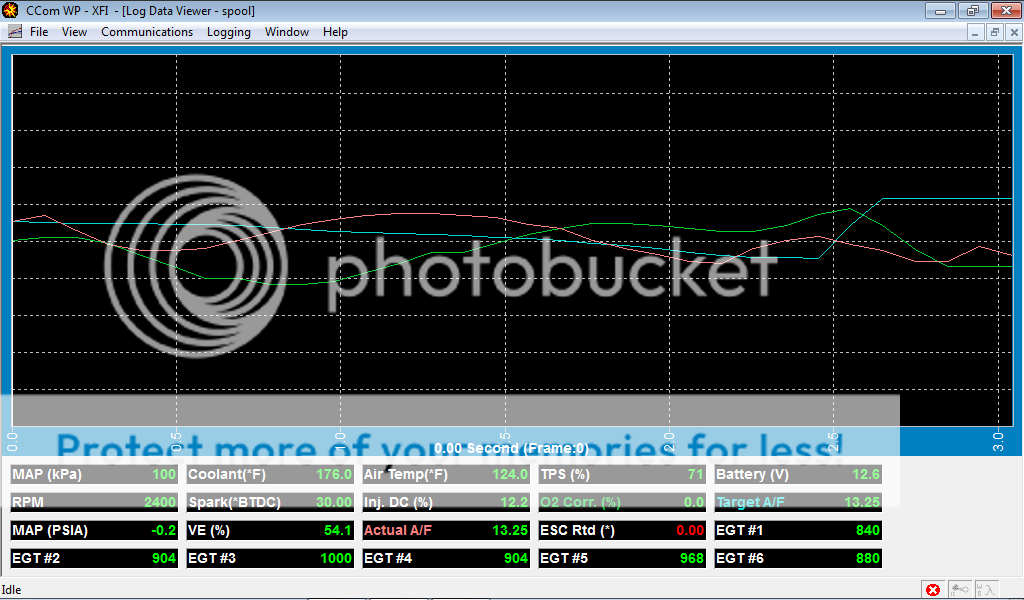Got my computor back and starting to get the swinging o2 corrections under control. I thought because it was adding more fuel it needed more sensor gain. But it was rich when it was adding fuel so I was going backwards and adding too much.
Notice the wide swinging o2 correction on before compared to after. It's still got correction til the bubble levels vertically. But it's more linear, and my rich knock that I was starting to get has gone away.
Actual AFR: pink
o2 correction: green
target: blue


Notice the wide swinging o2 correction on before compared to after. It's still got correction til the bubble levels vertically. But it's more linear, and my rich knock that I was starting to get has gone away.
Actual AFR: pink
o2 correction: green
target: blue



